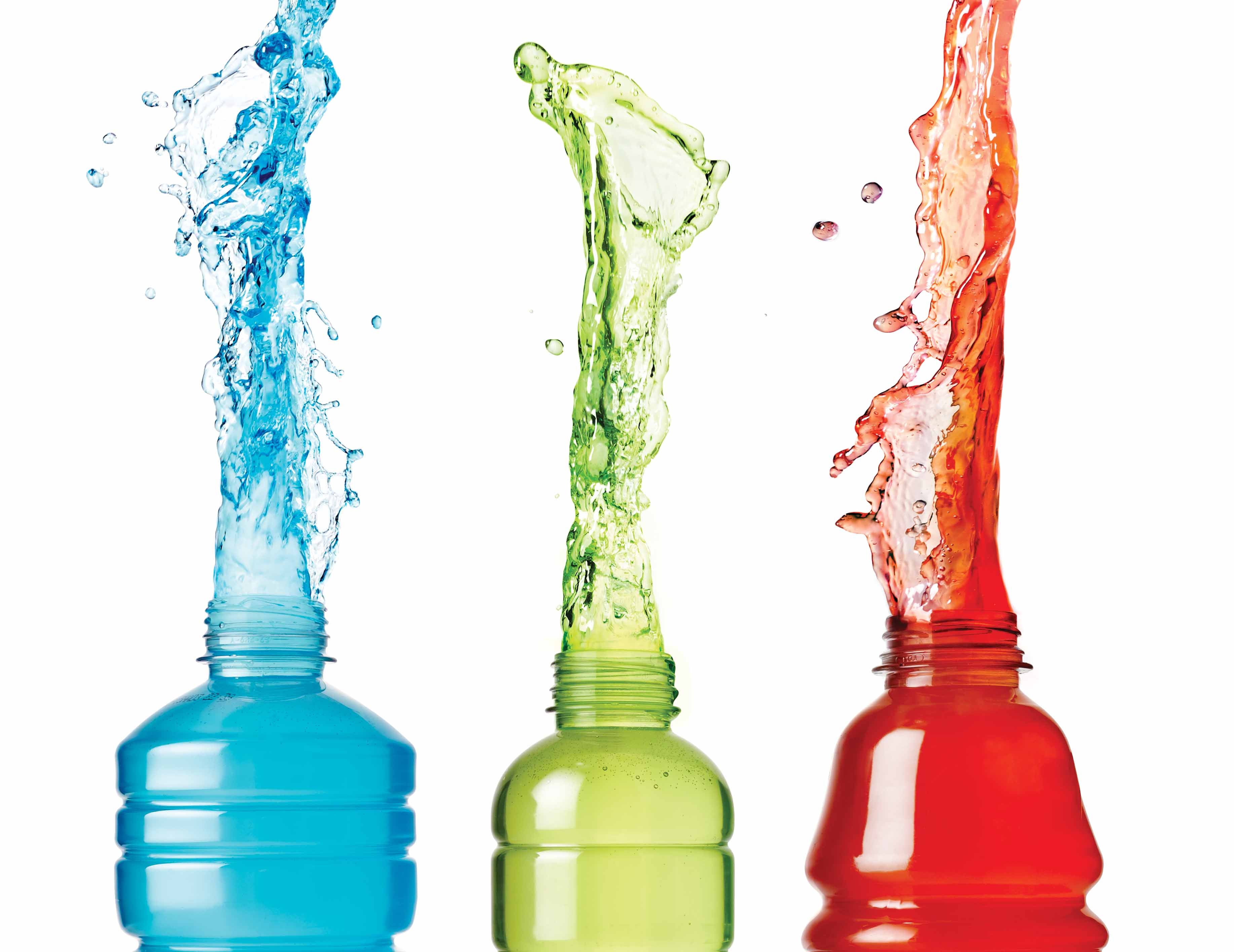What’s In Your Sports Drink?

Photo: Jon Davis
With so many nutrition products on the market—many touting the benefits unique to their specific formulations—a better understanding of basic ingredients can help you make the best choice.
Triathletes lose an average of one liter of fluid (sweat) per hour, and that liter of sweat typically contains 20 milligrams (mg) calcium, 50mg magnesium, 1,150mg sodium, 230mg potassium and 1,480mg chloride. This composition will vary from person to person, and sweat rates vary widely (from 0.5 liters per hour to more than 2.5 liters per hour), but this is an average starting point.
Water is obviously an important ingredient in any sports drink. It will be listed first on any ready-to-drink sports drink ingredient list. Maintaining adequate fluid intake and balance is the most important nutritional intervention that will keep you moving forward swiftly and safely during the swim, bike and run. Dehydration not only hampers performance, but it also slows gastric emptying, further deteriorating performance.
RELATED: 3 Lightly Flavored Sports Drinks
Sugar, in one form or another, should be the next ingredient. Carbohydrates fuel working muscles and the brain. Savvy triathletes know that consumption of rapidly absorbed forms of sugar will lead to better reaction time, brain function, extended endurance capacity and faster performance. You do not want slowly digested or complex sugars during exercise; you want the carbohydrate energy (sugar) to be absorbed rapidly. To that end, two sugars are better than one. Recent research has shown that the stomach can process 1.5 grams of carbohydrate per minute (up to 90 grams per hour) when a mixture of two different simple sugars are consumed because the different sugars are absorbed by different pathways. Studies show that a 2-to-1 ratio of glucose to fructose, or maltodextrin to fructose, or a combination of glucose, fructose and sucrose works best. Look for sports drinks with a 6–8 percent carb solution, or about 14–15 grams of carbs (sugar) per 8 ounces. Higher concentrations will either delay gastric emptying or pull water into the intestine to dilute the excess sugar, leading to dreaded GI distress.
Sodium is the electrolyte that is lost in large enough quantities in sweat that triathletes must replace it during endurance activities. Both sweat rates and sodium content of sweat vary widely from person to person and based on whether you are acclimated to the heat. That said, most triathletes should aim for 460–1000mg of sodium per liter, or 115–250mg per 8 ounces. Adequate sodium intake (often in the form of sodium chloride) will help increase the drive to drink (thirst), helping you to stay hydrated. Sodium also helps maintain fluid balance and blood pressure, improves the rate at which the small intestine can absorb carbohydrate and decreases urine output (dehydration).
RELATED: Hydration Advice For Your Next Race
Potassium is a mineral/electrolyte often included in sports drinks. Look for a sports drink with 20–90mg per 8 ounces to ensure electrolyte balance in the body.
Magnesium, calcium, chloride and other vitamins and minerals are not lost in significant enough quantities to need to be replaced during exercise, so I recommend focusing only on water, carbohydrate, sodium and possibly potassium during exercise.
Lauren Antonucci, R.D., is a board-certified specialist in sports dietetics, three-time Ironman finisher and the founding director of Nutrition Energy in New York City.